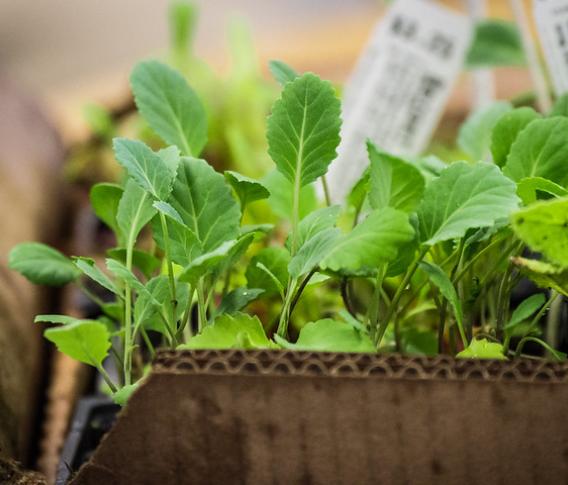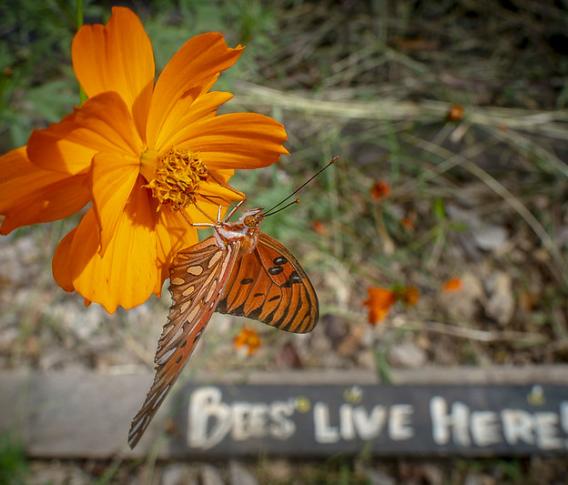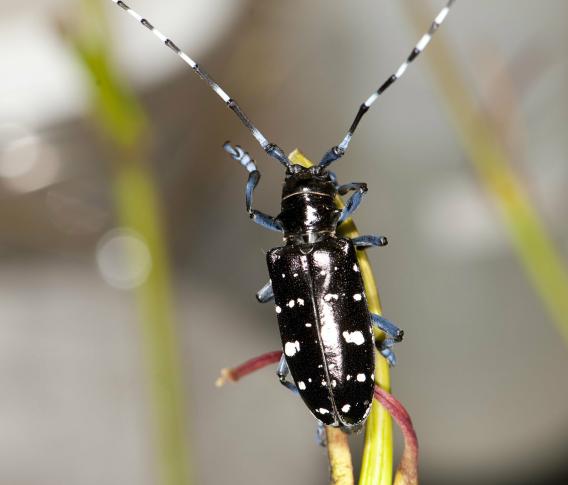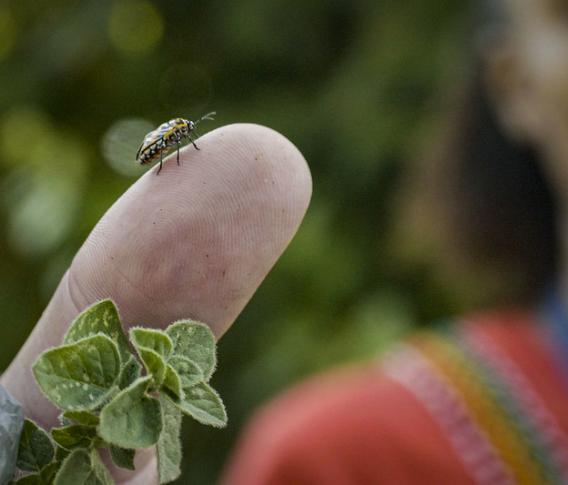Practice Integrated Pest Management (IPM)

Integrated Pest Management
Integrated pest management (is a way to control insects without relying solely on pesticides. It uses long-term prevention of pests or their damage through a combination of techniques such as biological control, habitat manipulation, change of cultural practices, and uses resistant plant varieties.
Helpful Tip
Less than 1 percent of insect species are considered harmful. Insects prey on harmful pests, pollinate plants, decompose organic matter and produce valuable products such as honey.
Biological Control
All insect pests have natural enemies. These enemies are also known as biological control agents, and include predators, parasitoids and pathogens. The use of any of these organisms to manage pests in your garden is known as biological control, a component of an integrated pest management strategy.
Predators: Beneficial predators that prey upon harmful insects. For example: lady beetles eat aphids and predatory mites that eat thrips and scales.
Parasitoids: Parasitoids are mostly wasps and flies that live and feed in or on a host insect killing it. For example: tiny parasitic wasps lay eggs into other insects and their offspring eat the insect from within.
Pathogens: Pathogens are microorganisms – bacteria, fungi, nematodes, protozoa and viruses – that cause disease. Some pathogens are available commercially as microbial insecticides, biorational, or bio-insecticides.
Be sure to monitor insect and mite activity in your garden including those below ground. It is important to be able to identify common garden pests and natural enemies in order to differentiate garden friends from enemies. An extremely efficient and cost-effective way to control pests is to provide habitat for beneficial insects, bats and birds. Use chemicals only when all other methods of control have been ineffective.
Learn more
- Types of Pests - University of California Agricultural Extension
- Got Bugs? Get Bats! – University of Maryland Extension
- Help Migratory Birds – Smithsonian National Zoo
- Natural Enemies Guidebook – University of California Davis Extension







